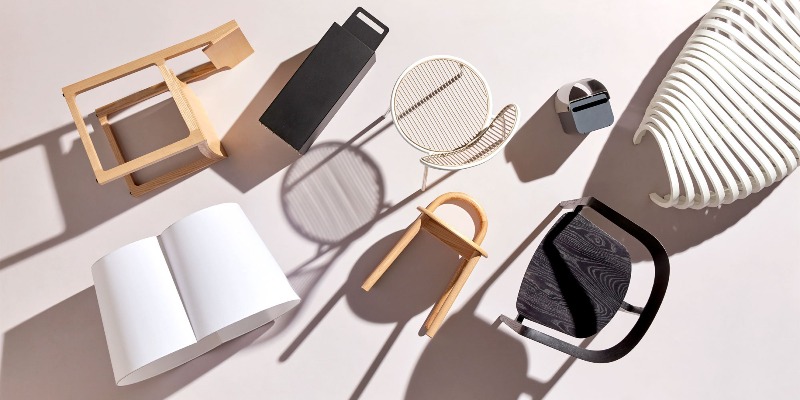Established in 2007, DesignByThem was founded by industrial designers Sarah Gibson and Nicholas Karlovasitis. Based in Australia, the company is run by designers who are dedicated to creating and producing unique products for design professionals and enthusiasts alike.
Their goal is simple: produce great work and inspire customers with accessible, world-class design. DesignByThem use a combination of trade marks and designs to support this goal.
Hear about DesignByThem and their journey to commercialisation and IP protection.
DesignByThem: IP and design
We started DesignByThem 13 years ago with the main ambition of creating a brand to showcase Australian design.
Nicholas:
We're passionate about Australian design, and we really want to create a platform to support Australian designers take their designs overseas, but also promote it locally as well. Protecting our designs is critical. Intellectual property is an area that I think is often undervalued by designers.
Sarah:
We probably learn at the start pretty quickly that we should always register a product. It's actually not that expensive and it gives you the opportunity to have something to prove later should an issue arise. Also, you kind of got to back yourself that one day you might be a bigger company than you are at that time and so I think you've got to invest in that. I would just say, just do it. And if you can't afford a lawyer, just do it yourself. And we do a bit of both. We've trade marked our name, of course. And I think at the start, we didn't have it trade marked internationally, but we did that some time ago, extended that to overseas as well, which is very important, especially if we're manufacturing or selling overseas. The naming of our products do become the identity of your products. And it's something that designers can consider as well.
Nicholas:
There are many ways of trying to protect your work in a better way that falls outside of your design registrations or trade marks. I think if you can focus on creating original design, it goes a long way in not only allowing you to use a design registration, but also use the market to protect your product. Investing in different processes or things that are a little bit more difficult to produce definitely helps. Another thing that a lot of brands do is they decentralise their manufacturing. By having the product components or parts made by multiple manufacturers and then it being assembled by one, it stops anyone from having access to all the information that makes up that product.
Sarah:
There was a product, a letterbox that we designed and it was copied by a supplier that was supplying to that hardware store. A lot of our customers were really angered by this because it was almost like a brand perception issue as well, tarnishing our brand. There was a couple of letters back and forth, and we did manage to get them to change their design. But I do think in retrospect, had we had that design registration, it would have been a lot easier as a process to litigate. We're kind of fortunate that that lesson was learned at the start.
Nicholas:
A lot of design businesses, their asset is their products and their design and their design registration. So without that asset, well, what is the value in that business?
Sarah:
It might seem like a bit of a big cost at the start, but if you have big plans for your business, then put your money where your mouth is, I guess.
Please note: case studies are examples of the way some organisations have chosen to manage their IP. These studies don't provide advice and your experience may be different.

